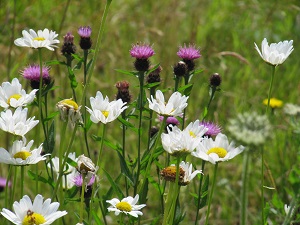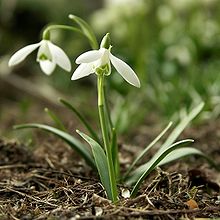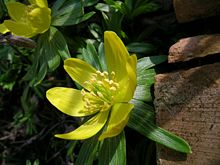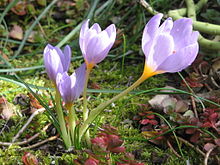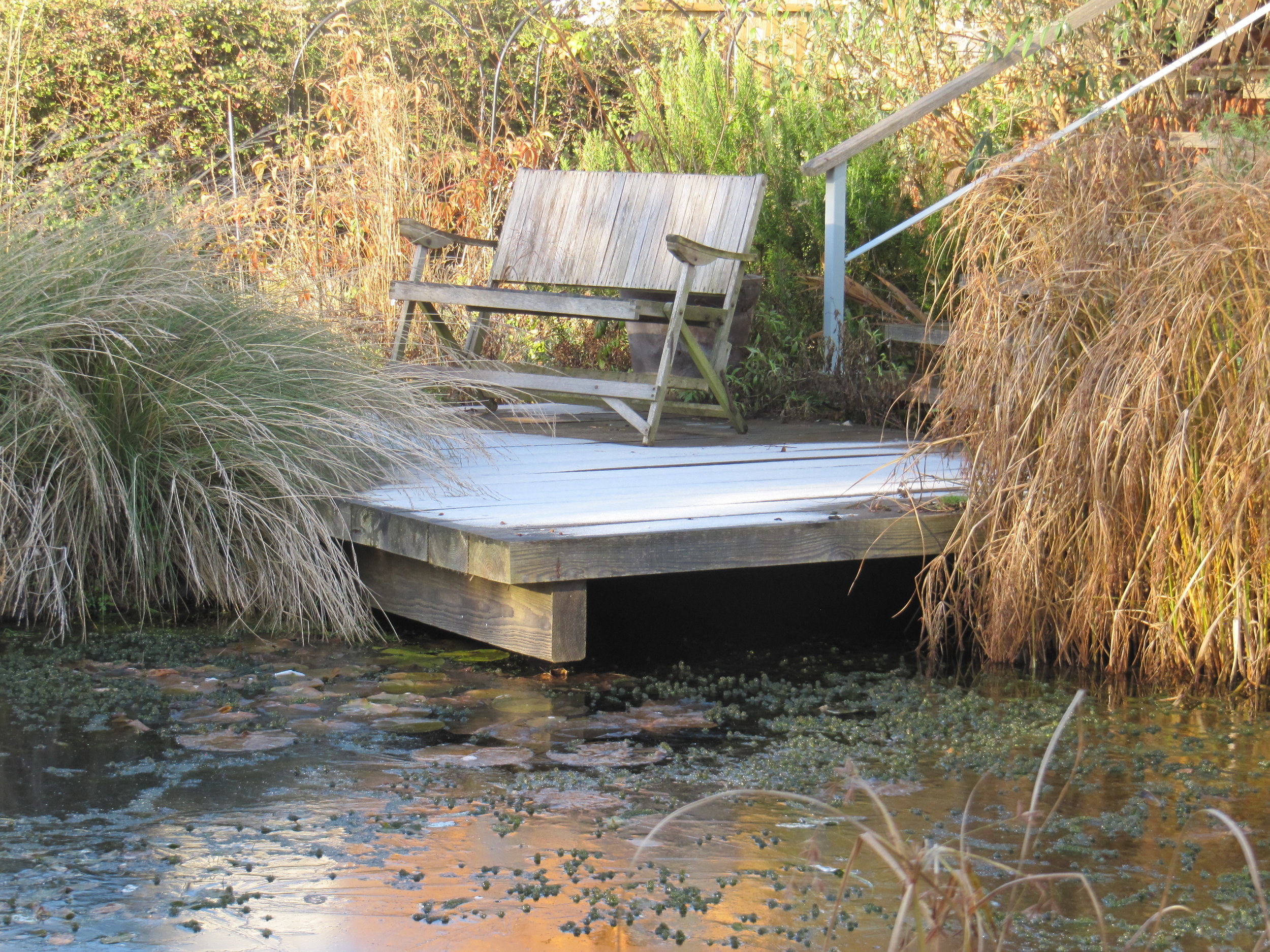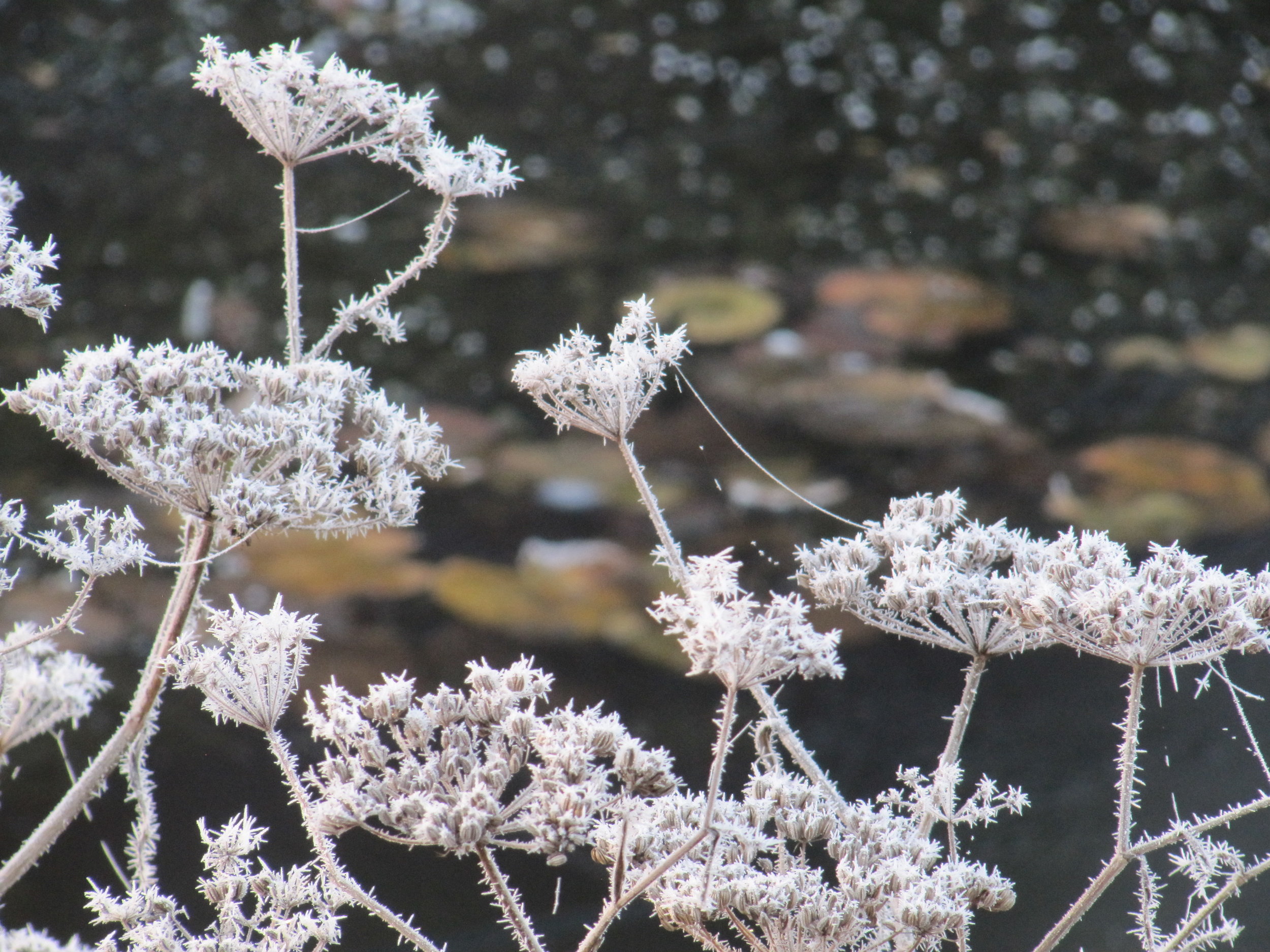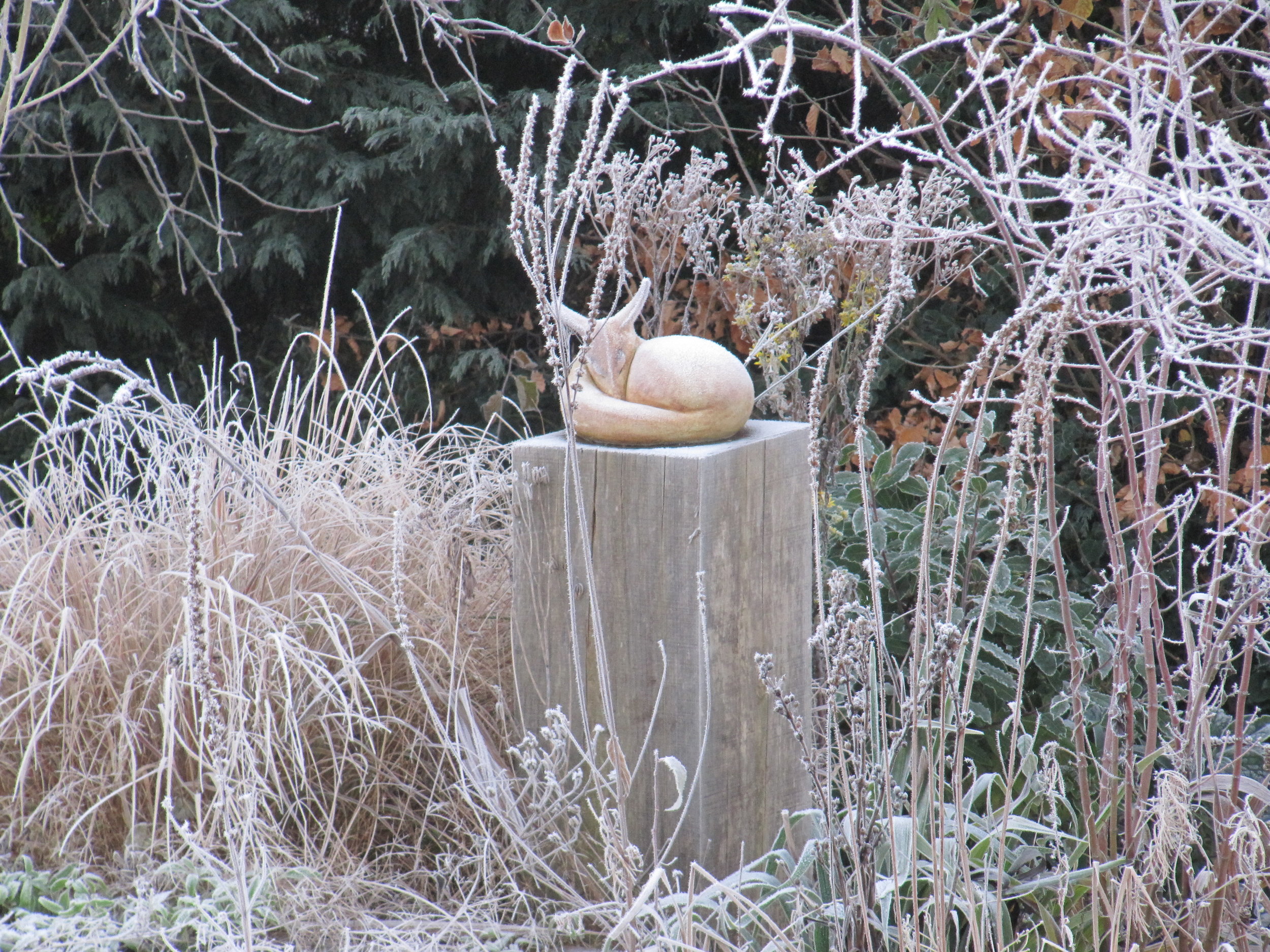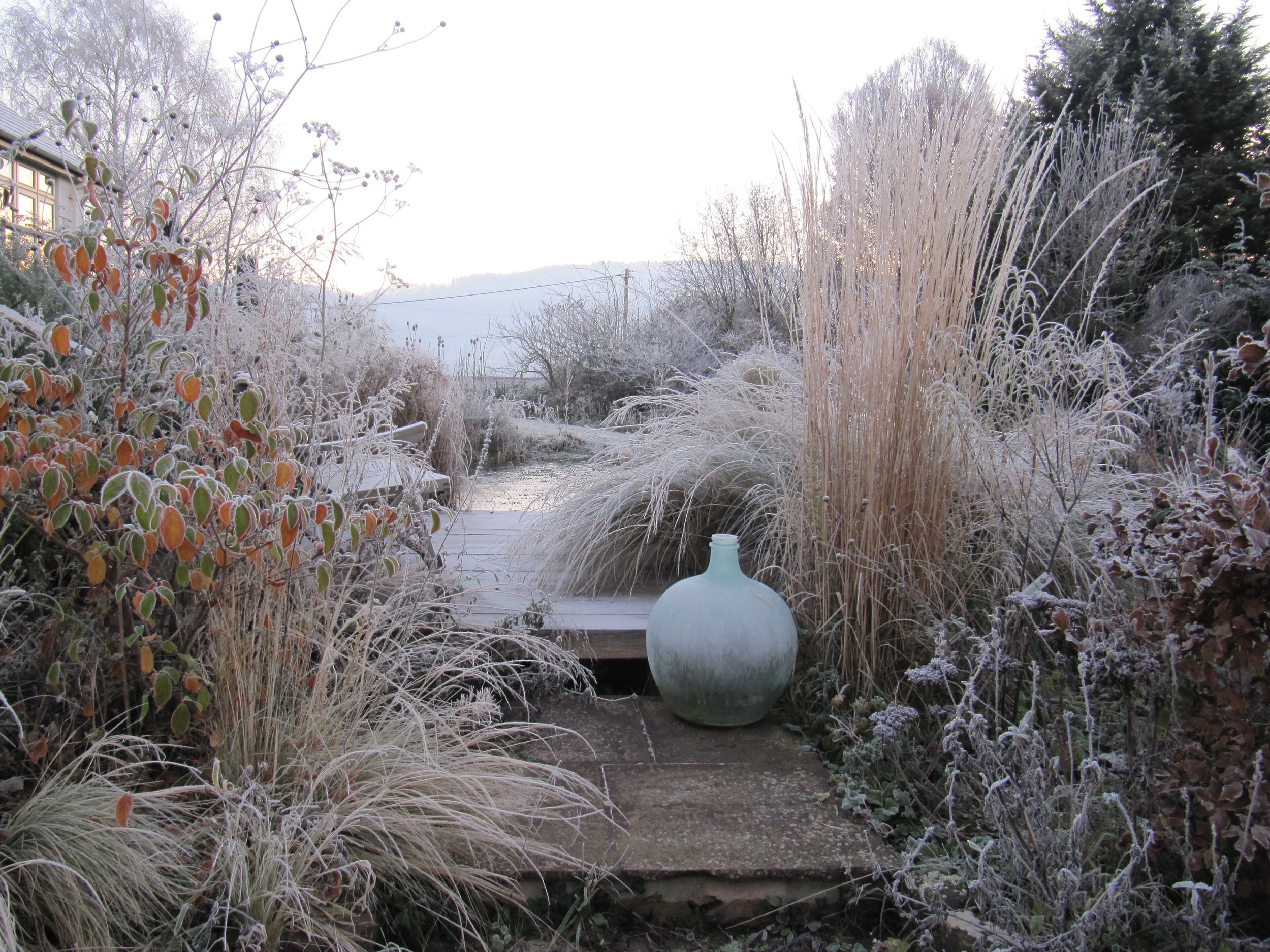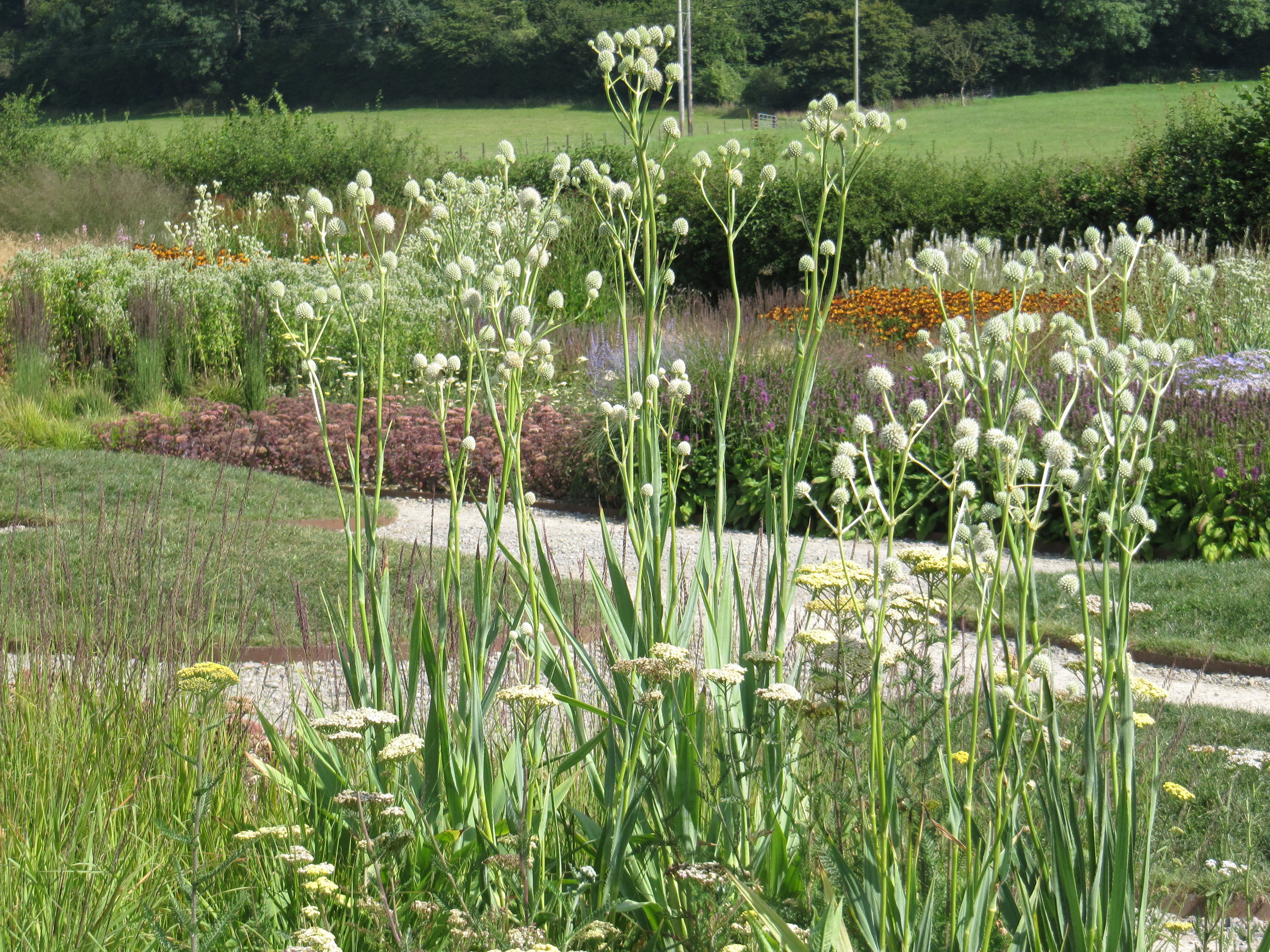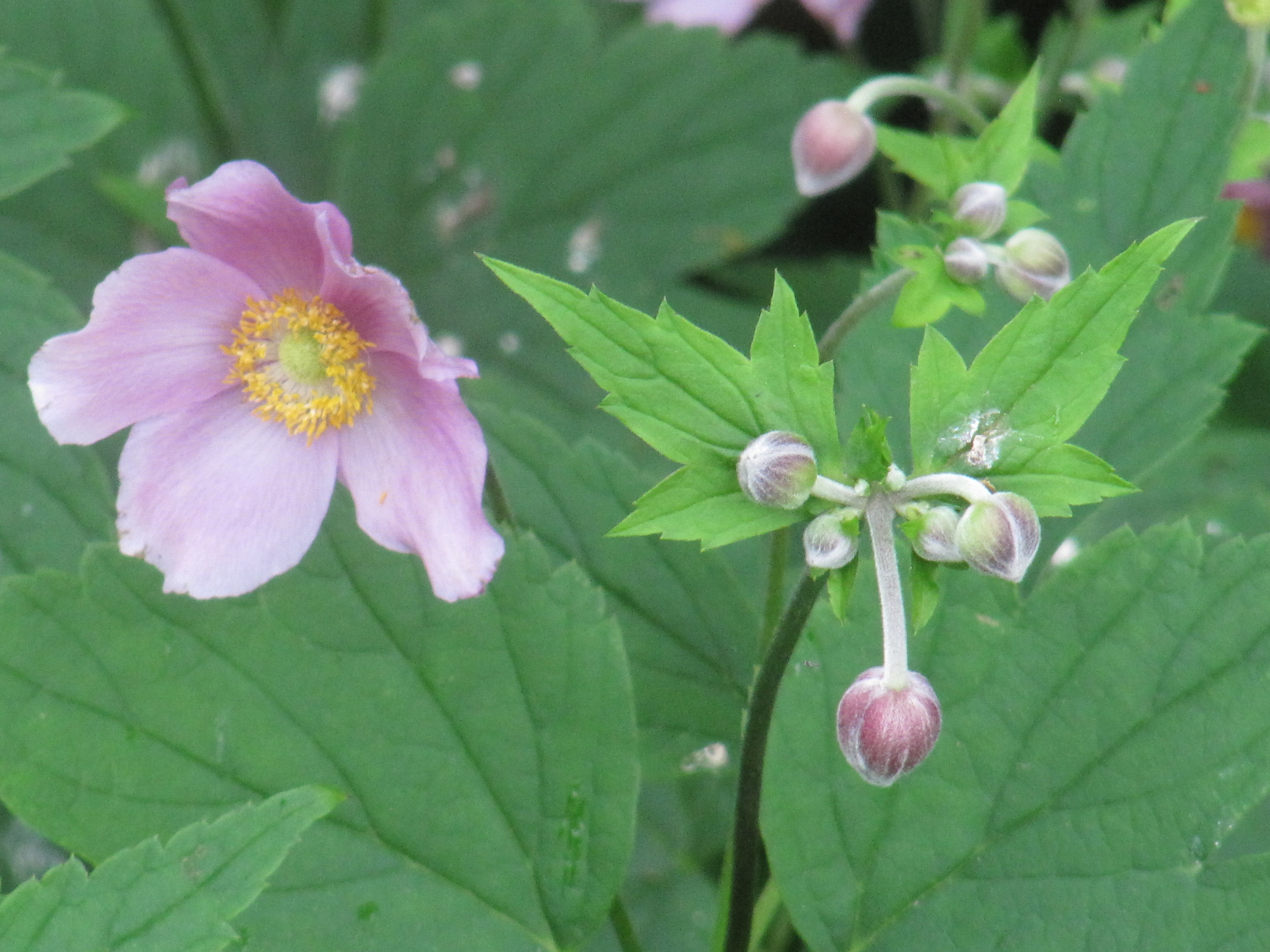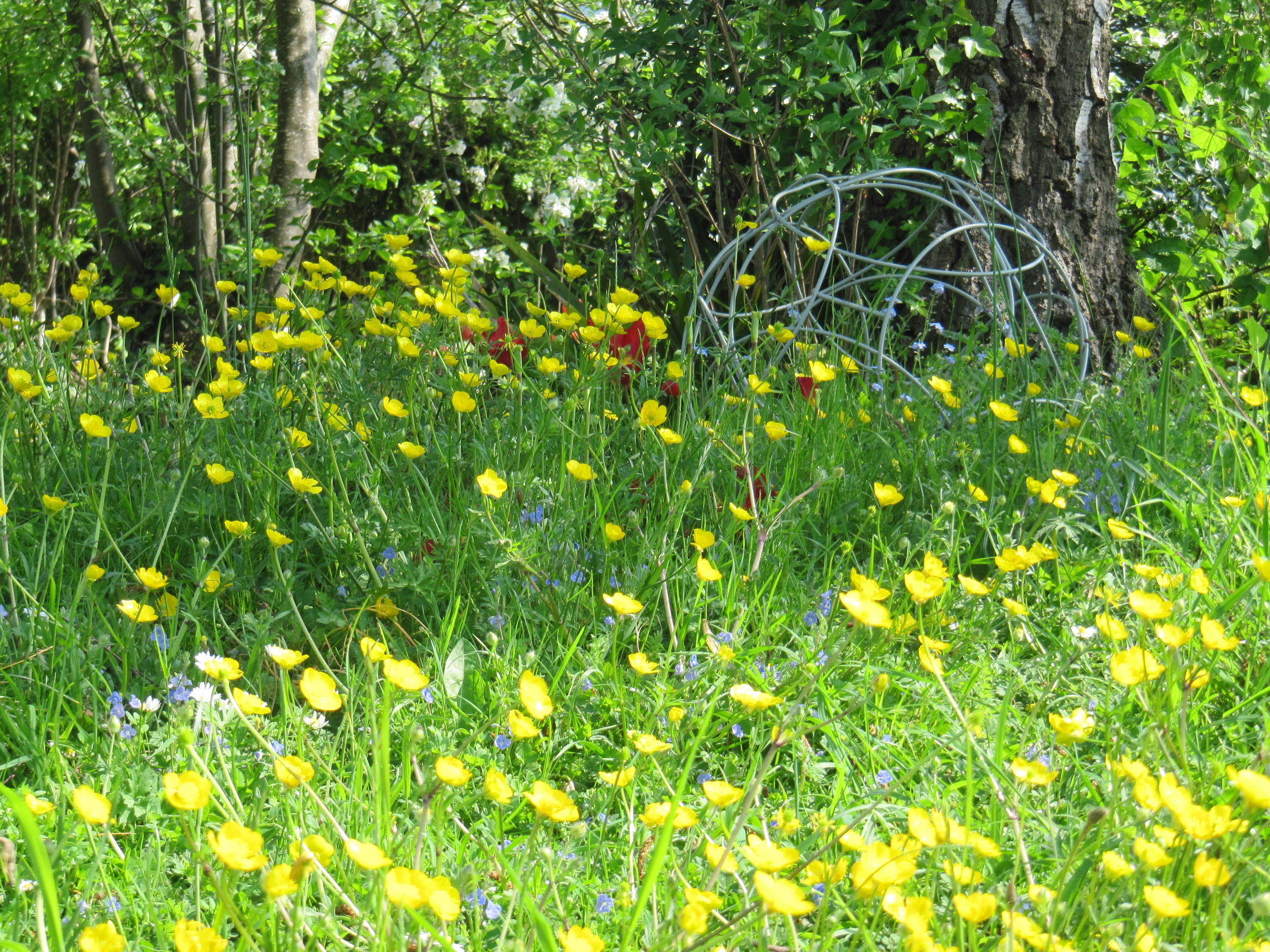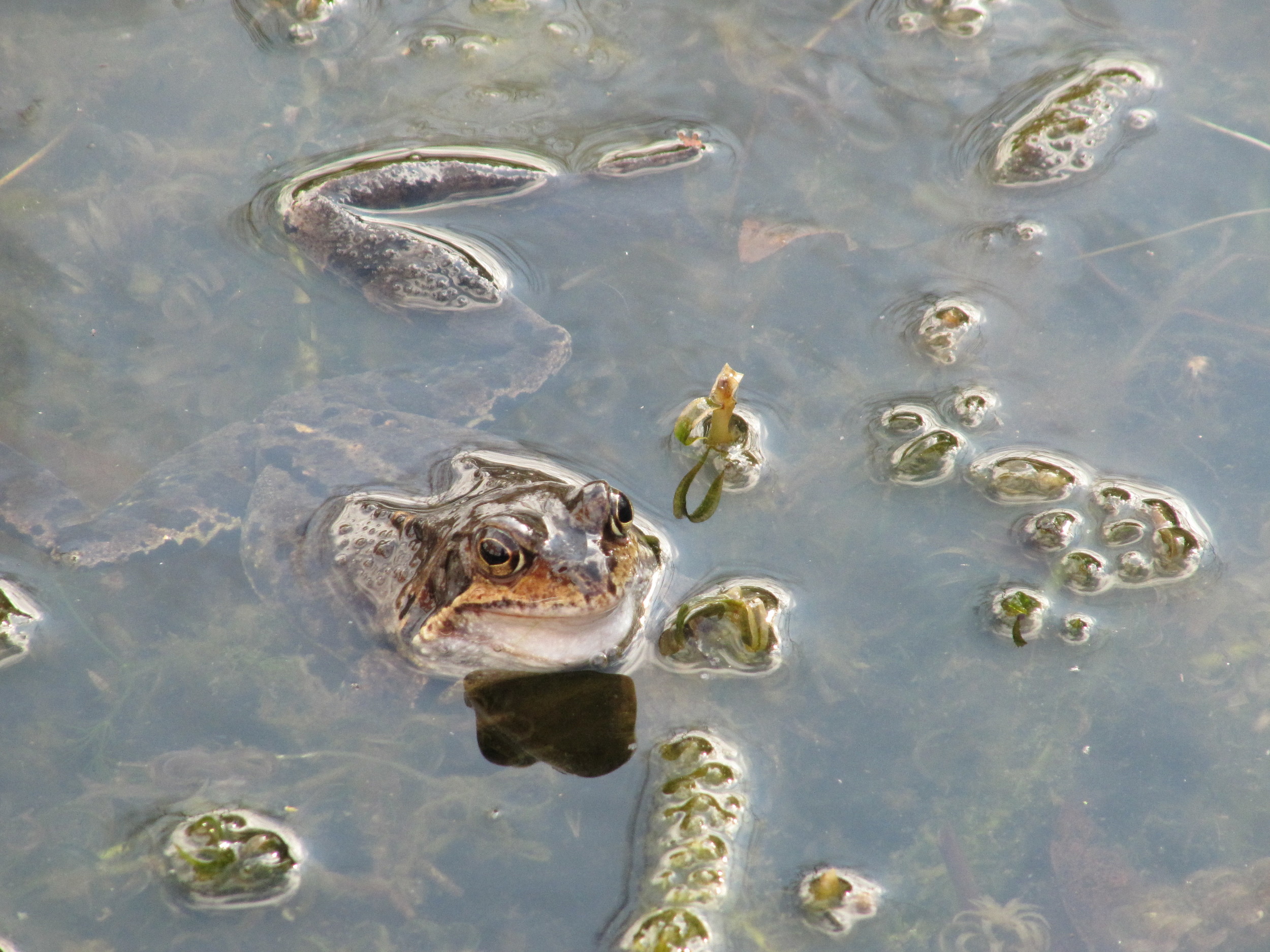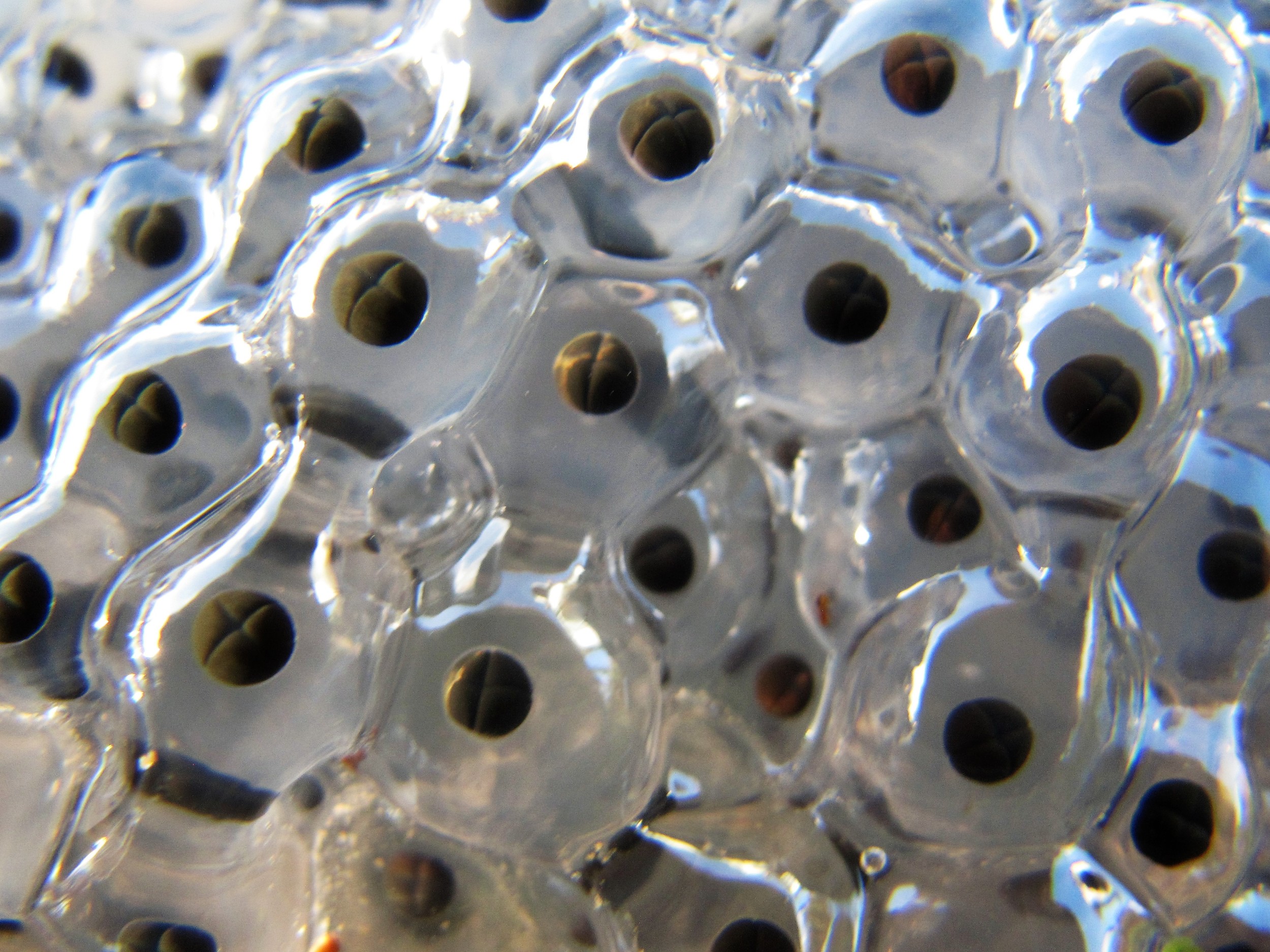Bright red field poppies are beautiful and one of our best loved wild flowers. With cornflowers and corn marigolds they colour the vivid landscapes of our memories and aspirations and as their names suggest, these are the annual weeds of corn fields. They flower, set seed and die in one short summer and will only return to flower again by disturbance of the soil, as they once did at the turn of the plough. These are not the flowers of pastureland, but as a temporary burst of summer colour and a banquet for pollinators in a garden border where their seed can be collected and sown yearly, they are perfect.
The flowers of traditional hay meadows live different lives, these are permanent perennial plants.
Woven with grasses into a rich tapestry, having evolved to thrive on grazing by livestock, they are well adapted to life as part of a meadow lawn. Anyone who as a child made daisy chains or told the time by a dandelion clock can’t help but have a fondness for these humble lawn weeds which valiantly pop up between mowings. A change in the mowing regime can allow much more exciting wild flowers to be introduced as plug plants or by seeding bare patches. Given time they might spontaneously appear, but only if the conditions are right for them.
Buttercups, ragged robin and lady smocks are the flowers of heavy clay and ditches, so they like a moist soil; cowslips, yarrow, birds foot trefoil, and orange hawk weed prefer better drained conditions and full sun whereas foxgloves, violets, primroses, hedge woundwort and red campion are flowers of the hedgerow and will tolerate the shady side of the garden. One thing all these lovely flowers do have in common is their preference for a soil lower in fertility than the average well fed lawn and so including yellow rattle, a grass parasite, helps them compete against strong growing grasses.
As we dust off the mower for another summer it’s a good time to take a closer look at the weeds spoiling the lawn, they might in fact be the founding plants of a potential meadow. Left alone to grow and flourish, their beauty won’t just be found in colourful flowers but in the way they enrich the garden's biodiversity with birds, bees and butterflies which will choose to visit our wild flower borders and meadow lawns.


